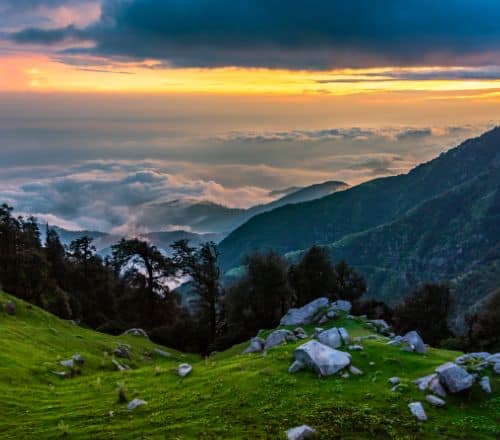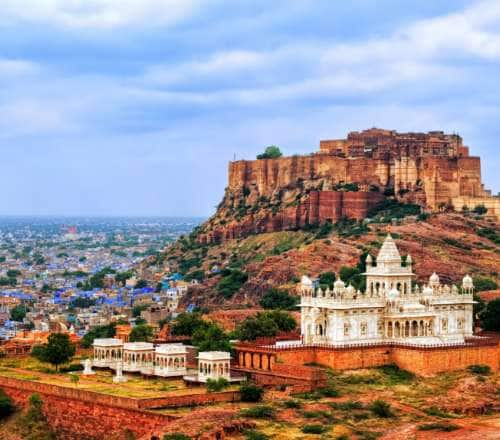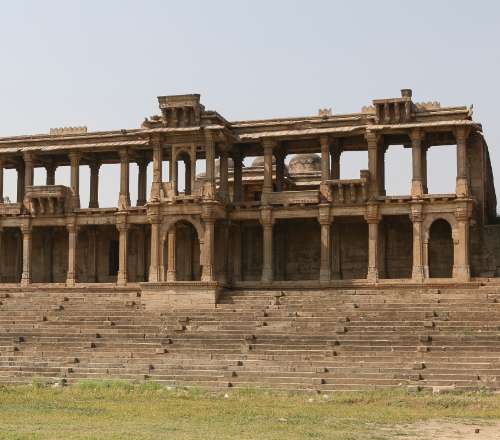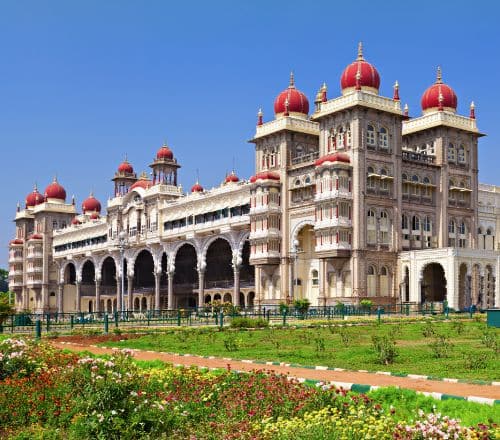Stay logged in to proceed with bookings, orders and offers.
On changing the terminal, you will loose items in your cart. Are you sure you want to change your terminal?
Spending a day in the erstwhile French colony of Mahé
Map reading has always been one of my favourite hobbies. Ever since I laid hands on my first Atlas in the seventh grade, I have travelled the world through maps. At a point in time, my mind was quite intrigued by exclaves and enclaves. While India doesn’t have many prominent exclaves, there’s one province in India that is fascinating — Puducherry, an enclave of Tamil Nadu. The Union Territory (UT) of Puducherry (formerly known as Pondicherry) is a region constituting four former French colonies.
The French had a significant colonial presence in India, especially along the southeastern coast of India. During the 17th, 18th, and 19th centuries, the French established several colonies and trading posts. Some of these later became Union Territories. Puducherry, Karaikal, Yanam, Mahé and Chandernagore were some of the French colonies in India.
These former French colonies reflect the cultural influences that resulted from colonialism. Today, these Union Territories are known for their unique blend of Indian and French cultures. This fusion makes them popular tourist destinations in India. I planned a trip to the southwestern coast of India during the monsoon. That was when I visited Mahé for the first time.
Read More
Read Less
Mahé is an enclave surrounded by Kerala. It is the smallest district in India. Mahé was formerly part of the royal state of Malabar. It was annexed to the French territories in the 18th century. The district was under French rule from 1789 until 1954. The district was integrated into India after independence.
Today, the Mahé district is an important agricultural region and produces a variety of agricultural products, including rice, coconuts, cashews, ginger, and rubber. Tourism is also an important economic activity in the Mahé district. The region has interesting historical sites, such as the French Fort of St. Louis and the memorial of the French explorer, La Bourdonnais. Mahé is also known for its popular beaches.
My journey began with a flight from Mumbai to Mangalore. I spent a day in Mangalore and took an early morning train to Mahé. The journey was picturesque with the tracks lined along the seashore. I also witnessed coconut farms and paddy fields during the ride. The greenery was occasionally broken by clear blue backwaters and creeks.
I reached Mahé in five hours. The railway station was neat and small — enough to cater to the tiny population that lives in or visits Mahé. I found a bus outside the railway station, which dropped me at my hotel near Tagore Park. My next priority was lunch. Many restaurants in this area serve Malayalee and Arabic cuisines. I had a fish curry with ghee rice at a restaurant on the Mahé riverside.
After lunch, I set out on my adventure, armed with my camera, sunscreen, and a map of the town.
My first stop was the famous St. Teresa Church, known for its stunning architecture and rich history. The church was impressive up close with its towering spires and intricate detailing. Inside, the stained glass windows and ornate altar took my breath away. I spent a good part of an hour wandering around, taking in all the beauty and history.
As I got out of the church, it was late in the afternoon but the sky was overcast. So I explored the beautiful town on foot. I couldn't help but marvel at the beautiful old buildings and quaint streets. The entire town was neat with many tastefully built houses, with most pretty enough to be vacation homes. The streets were clean and devoid of excess traffic. I walked on the esplanade beside the Mahé River. Many were engaged in the leisurely act of fishing with a rod. I photographed the river and the streets and came back to Tagore Park.
Named after the famous Indian poet and Nobel laureate Rabindranath Tagore, the park is a popular destination for locals and tourists. At the bank of the Mahé River, it is the quintessential city park that every small town has. Right across the river is the town of Thalassery in Kerala.
The park opened up to the beach. There is a lighthouse here that was built by the French. The watchtower next to the lighthouse had an excellent view of the Mahé beach and harbour. The park is quite a popular place for outdoor activities.
The area surrounding the park was lined with many street food sellers, with shawarma enjoying huge popularity. Softies and pickles were also a quick pick among tourists. I tried Chicken Alfham, a popular dish made from the fusion of Arabic and Malayalee cuisine.
Feeling energised and refreshed after delectable street food, I set out once again to explore the town.
The Government House is a beautiful example of French colonial architecture. Its spacious halls and high ceilings are a reminder of the grandeur of the French empire. Today, the Government House serves as the residence of the local administrator and is not open to the public. However, visitors can still admire the building's beauty from the outside and take photos.
Adjacent to the Government House, I came across a small museum dedicated to the history of Mahe. The Mahé Museum was established to showcase the town's history and cultural heritage. It has an impressive collection of artefacts, photographs, and documents that tell the story of Mahé from its early days as a small fishing village to its present-day status as a bustling tourist destination.
Visitors can see exhibits related to the town's French colonial past. These include original documents and letters from the French authorities. There are also displays related to the town's traditional industries, such as fishing and coir production. The museum is well-curated. The exhibits are informative and engaging. I spent an hour learning about the history and culture of Mahé here.
As the day drew to a close, I decided to head to the beach for the sunset. The sky was ablaze with orange and pink hues, and the sea sparkled in the light. I sat there for a while, feeling grateful for the opportunity to experience such beauty.
Mahé Beach is a picturesque beach. One of the most distinctive features of the beach is the unique rock formations along the shoreline. These formations provide a stunning backdrop to the beach and make it a popular spot for photography.
As I visited the beach, it began to rain and I had to return to Tagore Park. But soon the sky cleared, providing good photographing opportunities.
When I was there, the government was creating a harbour and an enclosure was built around the coastline with huge rocks. This provided a good view of the sea and was a fun place to hang out.
As the sky grew dark, I headed back to my hotel. Later, I had a dinner of neer dosa with ghee roast chicken. My journey in Mahé hadn't ended yet. I was in a UT with alcohol available at an affordable price. So, I had to enjoy that too. I bought a bottle of port wine and some chicken Alfham to go with it. With that, I bid a good night to the beautiful town of Mahé.





The Adani One expressly disclaims all liability, direct and indirect, in respect to actions taken or not taken based on any or all the contents of this Blog. The Blog is an opinion of the contributor based on the collation of data from various sources and is provided only for information purpose. Adani One does not canvass, advertise, solicit, invite or induct for any product, merchandise, information, brand or any other materials mentioned in the Blog, nor does it obtain any monetary benefit from the same. Reader is advised to read and apply his/her intellect and discretion in this regard. Any Intellectual Property mentioned in this blog belongs to the rightful owner. We do not intent to claim any interest over the same.